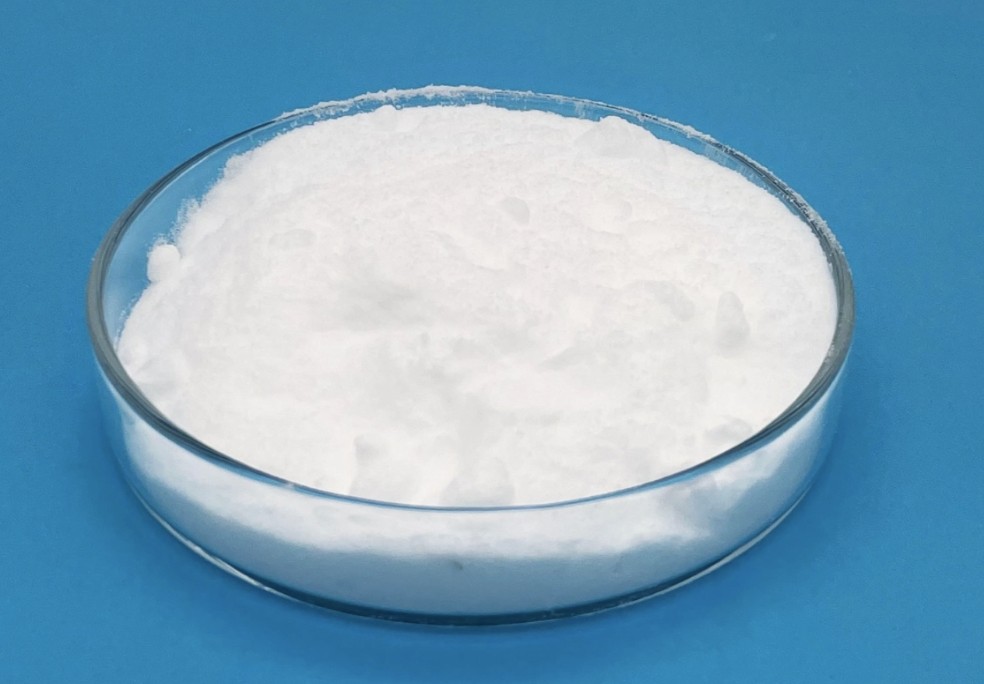Лідокаїн, as a local anesthetic, is characterized by a rapid onset of action and intermediate duration of efficacy. Therefore, lidocaine is suitable for infiltration, block and surface anesthesia. Longer-acting substances such as bupivacaine are sometimes given preference for subdural and epidural anesthesias. lidocaine, on the other hand, has the advantage of a rapid onset of action. It can stop Epinephrine (aka adrenaline) vasoconstricts arteries form bleeding, and it can also delays the resorption of lidocaine, almost doubling the duration of anaesthesia. For surface anesthesia several formulations are available that can be used e.g. for endoscopies, before intubations etc. Buffering the pH of lidocaine makes local freezing less painful. Lidocaine drops can be used on the eyes for short ophthalmic procedures.
Topical lidocaine has been shown in some patients to relieve the pain of postherpetic neuralgia (a complication of shingles), though there is not enough study evidence to recommend it as a first-line treatment. IV lidocaine also has uses as a temporary fix for tinnitus. Although not completely curing the disorder, it has been shown to reduce the effects by around two thirds.
Lidocaine hydrochloride injection administered intravenously or intramuscularly, is specifically indicated in the acute management of ventricular arrhythmias such as those occurring in relation to acute myocardial infarction, or during cardiac manipulation, such as cardiac surgery.






















